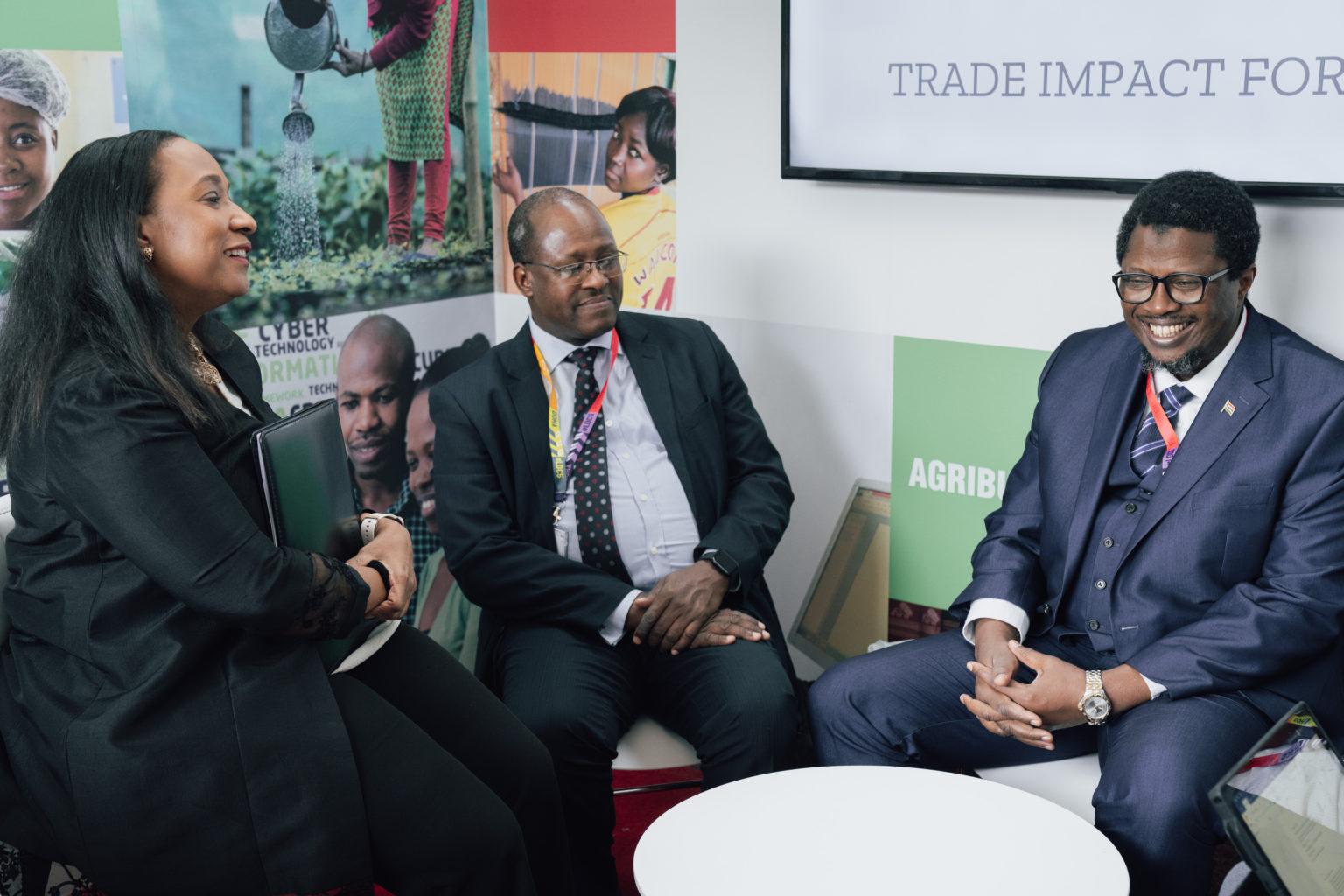Africa-Press – Gambia. It is time to deliver on our promises to the most vulnerable: least developed countries.
These are 46 countries that are most exposed to global shocks and would benefit most from partnerships to get on track to sustainable development.
The reality is, now at the halfway point for implementation of the Sustainable Development Goals, we are not on track.
Looking at their involvement in global trade, least developed countries continue to depend on commodity exports almost twice as much as other developing countries. They make up about 1% of global trade, as they have done for the past decade, despite the target to double their share of global exports by 2020.
We must do more, we have to do better, if we are serious about making a difference with and for them. As leaders from across the world gather in Doha, Qatar, this week for the Fifth United Nations Conference on the Least Developed Countries (LDC5), we must seize this once-in-a-decade opportunity to mobilize additional international support and action for the world’s most vulnerable countries.
Using trade to tackle inequalities
Trade offers a solution to tackle the root causes of inequality and accelerate the attainment of sustainable development. When the category of least developed countries was created in 1971, trade was identified as a key driver of development. More than 50 years later, many challenges remain and new challenges – such as COVID-19, conflict, cost-of-living increases and climate change – have emerged.
To strengthen their economic resilience to future crises, least developed countries need not only access to markets but capacity to access them. The hard truth is, inequality is built into the global economic system.
First question we have to answer is, are we willing to challenge the systemic inequality in global trade? For example, are corporations willing to train producers to move up value chains, and to share technology with suppliers to decarbonize? Are they willing to upskill small businesses? This approach requires a different mindset, a willingness to prioritize people and planet right alongside profit – and even a willingness to cut profits in the short term for long-term results that will benefit the most vulnerable.
Second question is, can we as the global community get the right mechanisms in place to break down systemic inequality, at every level? For example, in policymaking, can we support least developed countries to negotiate collectively, so their concerns have equal weight as those of developed countries? Can we systematically equip business support organizations in these countries with up-to-date knowledge and technical resources required to support companies? Can we get systems and tools in place to help small businesses get the information, skills and financing they need to grow, in a predictable way? We have to be willing to pay the costs now for a better future. Ideas are cheap, until they are executed. And execution is in the details.
Investing in the “silent majority”
For transformational change, invest in the “silent majority” driving trade-led development in least developed countries: small businesses.
Small businesses make up most companies worldwide, so invest in their competitiveness and market access. In least developed countries, small firms account for about 95% of all jobs (ILO).
To support small firms, government and business leaders will have to partner to strengthen regional value chains and prioritize value addition of goods and services, taking the impact on the environment into consideration. Entrepreneurs will need affordable internet access and digital tools – as well as training to learn to use them for business – to overcome economic and geographic remoteness. In all these efforts, there will have to be specific initiatives targeted to support women, youth, people with disabilities, refugees and those in the informal sector, to ensure no one is left behind.
Shaping the future of trade
In short, the future of trade – which we would argue is already here – can be summed up in three words:
inclusive, connected and green.
The Gambia, a least developed country, is actively working in all three areas, in partnership with the International Trade Centre (ITC).
On women’s economic empowerment, for example, the Gambian government with ITC support drafted a Gender Responsive Public Procurement Policy, aiming to have at least 30% of all government procurement of goods and services go to women-led businesses and women-led cooperatives by 2026. This is a key area to target, as today, just 1% of public procurement opportunities globally go to women. Public procurement in some countries comprises up to 40% of GDP. ITC is also providing advocacy and capacity building support so women can increase their online presence and digital skills, as e-procurement is one of the key pillars in the Gambia Public Procurement Act 2022.
On using digital connectivity for business, Gambian entrepreneurs received training to make use of e-commerce to reach new customers during the COVID-19 lockdowns. Nearly 40% of small businesses ITC surveyed in least developed countries said a lack of e-commerce skills and business knowledge were major bottlenecks for conducting online business. In the tourism sector, freelancers and photographers supported hotel and tour operators to develop digital skills to market their portfolios, produce content, manage online visibility, improve management of client operations, and monitor and evaluate the performance of their products and services.
On taking environmental actions through entrepreneurship, the story of Guidom Sabally shows how targeted training combined with personal effort can make a difference for a community. Sabally struggled to find work as an unskilled labourer, but after receiving training through a UN Capital Development Fund programme, in collaboration with ITC, he found work as an engineer supervising the construction of culverts, which are raised roads that enable people to cross flooded areas during the rainy season, a consequence of climate change.
These are just a few examples of how partnerships between least developed countries and international organizations can make a difference in people’s lives.
Delivering results, together
To deliver results with and for least developed countries, to make good on the promises we made, we as the global community need to work together. It will require strong partnerships among leaders in government, institutions, business and international organizations.
Least developed countries have been hurting for a long time. We are only as strong as the most vulnerable among us. Using trade as a tool to implement the Doha Programme of Action, least developed countries can return to a pathway to achieve the Sustainable Development Goals. By engaging leaders of least developed countries on equal footing – and keeping our eyes on our shared goals – we can build a stronger, more resilient and inclusive future.
For More News And Analysis About Gambia Follow Africa-Press






